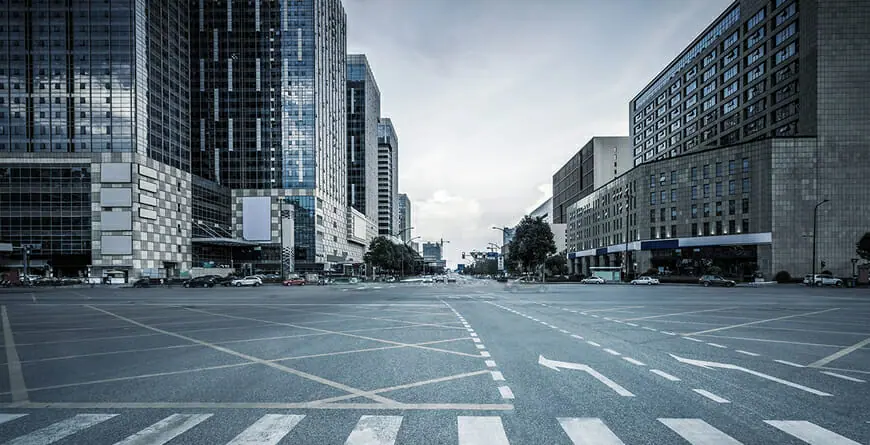While bars, gyms, dine-in restaurants and other buildings have been closed to help prevent the spread of COVID-19, water left sitting in pipes could change in quality.
It’s possible that water left sitting for long periods of time could contain excessive amounts of heavy metals and pathogens concentrated in pipes nationwide, say researchers who have begun a field study on the impact of a pandemic shutdown on buildings.
“There are several factors that encourage the growth of disease-causing microorganisms in buildings — low or nonexistent disinfectant residual, such as chloramine or chlorine, poor temperature control and water stagnation inside water pipes,” said Kerry Hamilton, a researcher with the Arizona State University Biodesign Center for Environmental Health Engineering. Hamilton has expertise in risk assessment for pathogenic microorganisms, specifically for the bacteria that causes Legionnaires' disease commonly linked to poor water quality in buildings.
Hamilton is a co-author of a new report completed with Purdue University and funded by the National Science Foundation’s Rapid Response Research program. The study involves monitoring water quality in buildings both during a period of extended vacancy and when occupants have returned.
Her contribution to the study focused on summarizing practices used to notify building occupants of potential water quality issues and what communication typically takes place between utilities, building owners or facilities managers, health departments and building occupants.
“This may be an issue when high ambient temperatures can encourage the growth of undesirable microorganisms in water systems in buildings,” said Hamilton, an assistant professor with the School of Sustainable Engineering and the Built Environment.
“Shutdowns due to COVID-19 can exacerbate stagnation problems and point to the need for utilities, facilities managers and the general public to be especially aware of these issues and to take action to prevent disease from exposure to water that has been allowed to remain stagnant in pipes.”
“We don’t design buildings to be shut down for months. This study focuses on the consequences and could help building owners make sure that their buildings are safe and operational when occupants return,” said Andrew Whelton, a Purdue associate professor of civil engineering and environmental and ecological engineering and lead investigator.
Whelton’s field study is part of a national effort to advise public health officials, building owners and water utilities on how to safely recommission buildings with low or no occupancy due to the pandemic.
Whelton and other researchers across the U.S. have begun drafting recommendations compiled by this effort in a study published June 16 by the American Water Works Association journal "Water Science." Collaborators on this study include experts from leading plumbing safety scientists and engineers from ASU, Purdue, Virginia Tech, Legionella Risk Management, Inc., University of Memphis, University of Iowa, Northeastern University and Polytechnique Montréal in Canada. The recommendations are based on implications from other studies of water stagnation in large buildings.
Typically, buildings can prevent stagnation through regular water use. This brings in new water with disinfectant. But extended building shutdowns will require different solutions, the researchers said. The Centers for Disease Control provides guidelines for the reopening of buildings after shutdowns.
